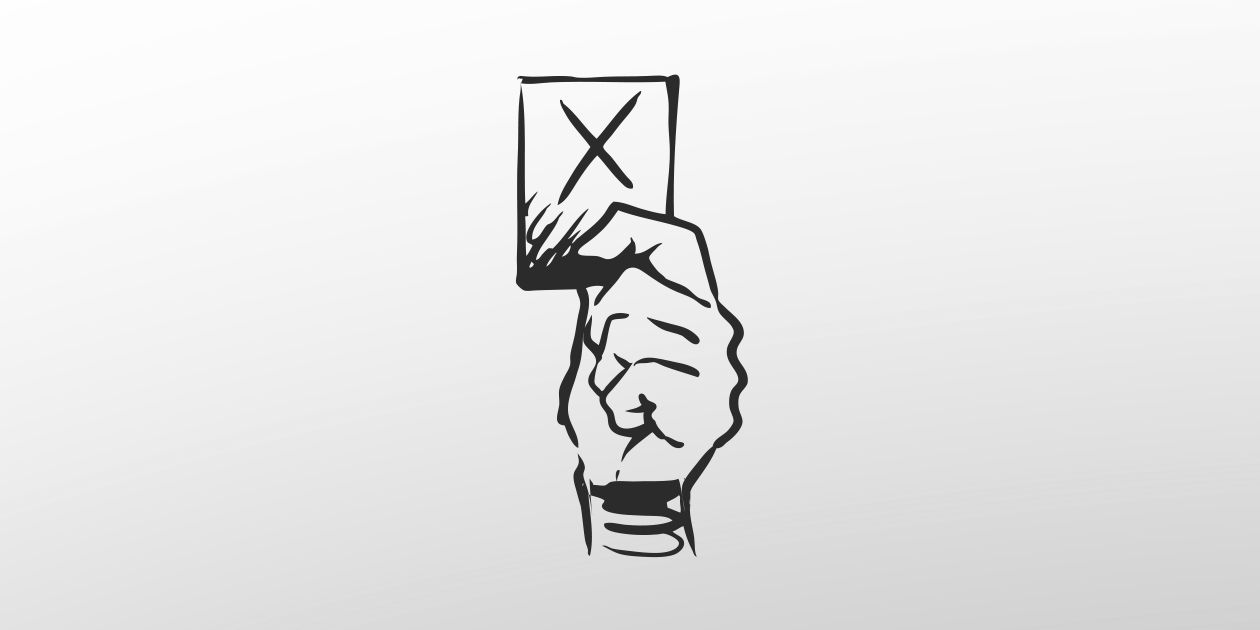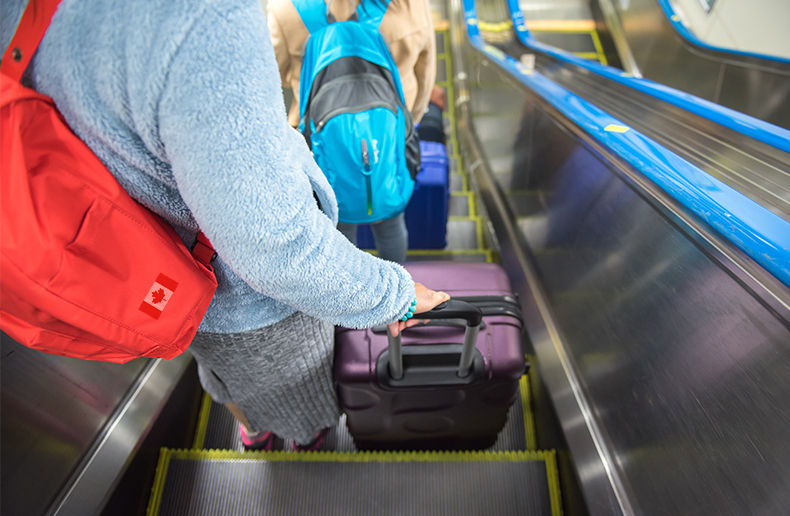A detailed new report based on interviews with 1,000 employed Canadians and 200 human resources professionals has found that only 16 per cent of employees fully understand what their employee assistance programs (EAPs) include and, consequently, 65 per cent have never used their EAP. This despite the fact that three in 10 employees report declining mental health.
“The issue goes beyond awareness. Even when employees know about their EAP, long wait times, inflexible access and confusing navigation are significant barriers to care,” Dialogue writes in its summary report, 2025 State of workplace well-being.
Employers see the value in EAPs, with 70 per cent reporting higher engagement, reduced absenteeism and improved retention, thanks to the programs. That said, 37 per cent of the human resources professionals polled said employees were not using their EAPs effectively.
Used effectively or not, 61 of employees say they felt reassured knowing an EAP was available, even if they don’t use it. The report found that eight out of 10 employers offer mental health support through their EAP but only one in 10 employees with access use it frequently.
Dialogue adds that plans and employers need to improve awareness, make access easier and tailor services to employee needs. Top EAP access barriers include not having sufficient time to access services, the cost of service, lack of trust, limited session availability, lack of information on how to access programs, long wait times, limited options and lack of in-person options.
Top three health and well-being priorities
The wide-ranging report also looks at evolving employee expectations. Their top three health and well-being priorities for the coming year include improving their financial situation (46 per cent), their physical health (43 per cent) and their mental health (32 per cent). Program features deemed very important by the employee survey respondents included good response times, confidentiality, the ability to choose a mental health professional based on unique needs and the ability to continue sessions with the same counsellor.
For human resources professionals, the top barriers to addressing employee-related challenges include budget constraints (52 per cent), unrealistic or differing employee opinions (46 per cent) and organizational resistance to change (36 per cent). The report also looks at key factors influencing companies in selecting their EAP providers, with quality of care identified by 53 per cent of the human resources respondents and cost-effectiveness being identified as the key selection factor by 43 per cent of respondents.







